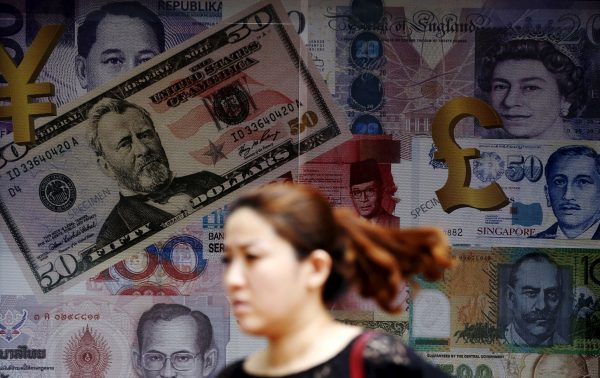While there is limited information available about this SWF, data suggests it has had some positive effects. Importantly, the Sarawak Sovereign Wealth Future Fund appears to be structured in a way that will enable it to flourish. The board of guardians, chaired by former Federal Court judge Sulong Matjeraie, are all distinguished experts in their respective fields. Together, there is a balanced mix of stakeholders from both the public and private sectors with extensive experience in Malaysia and abroad.
The SWF will subscribe to international best practices, particularly the Generally Accepted Principles and Practices for SWFs, better known as the Santiago Principles. The Santiago Principles are followed by most of the best-known funds in the world. The Sarawak Sovereign Wealth Future Fund will also receive an initial appropriation of RM8 billion (US$1.7 billion) from the Sarawak state government, with yearly allocations to follow.
The fund will be modelled on and benchmarked against Norway’s Government Pension Fund Global, with the aim of becoming a natural resource-centric fund that sequesters wealth across generations. This decision was made after extensive research on global best practices, with Sarawak Premier Abang Johari Tun Openg personally leading the effort to study well-managed SWFs.
While the fund appears set up for success, there is always room for scepticism. Financial analysts would be quick to point out how the ongoing 1MDB court case is tied to an earlier attempt to establish a SWF in Terengganu, another resource-rich Malaysian state. There may also be overlapping responsibilities between the Sarawak Sovereign Wealth Future Fund and Khazanah Nasional Berhad, the SWF of the Malaysian federal government, which could give rise to management issues.
On a global scale, several major SWFs originate from areas with cultures and institutional environments that are vastly different from liberal democracies. While there are of course examples of successful and well-managed funds, it is important to acknowledge that some also operate under a variety of often opaque and occasionally conflicting mandates.
But these issues will not predetermine the path of the Sarawak Sovereign Wealth Future Fund. Research shows that while SWFs have existed for decades, their numbers, and by extension, wealth generation, increased noticeably after the global financial crisis of 2008. Their popularity arguably stems from a lack of confidence in the Western-oriented liberal economic model as well as the appeal of state-led development, especially in the Global South, in reviving growth.
SWFs — when implemented properly — are among the best policy instruments to manage an economy’s peaks and troughs. By investing parts of the large surplus generated by its oil and gas sector, the Norwegian government can achieve three goals — smoothing the disruptive effects of fluctuating commodity prices, opening new markets and income streams outside of Norway and transferring wealth to future generations.
Closer to home, Khazanah Nasional Berhad has grown from being a relatively secretive organisation since its inception in the early 1990s to one that is much more transparent and accountable. In addition to serving as a long-term, strategic investor in key domestic conglomerates, the SWF has steadily increased its overseas assets, especially within the Asia Pacific. It is considered one of Asia’s better managed SWFs and has been consistently ranked among the 20 to 30 largest SWFs globally for the past 15 years.
The decision to establish the Sarawak Sovereign Wealth Future Fund is, on balance, prudent. In its current form it aligns well with global and regional trends, although the more important long-term objective is instilling into it a transparent, accountable and performance-driven governance structure. The growth stories of well-managed SWFs like the Norway Government Pension Fund Global, Singapore’s Temasek and Khazanah Nasional Berhad should inspire optimism among Sarawakians.
Just how well the fund performs will serve as a test of Malaysia’s political and economic efforts to devolve more autonomy to its two East Malaysian states. If it gets the fundamentals right, greater support for further decentralisation in these states will likely ensue.
Guanie Lim is Assistant Professor at the National Graduate Institute for Policy Studies, Japan.

